Table of Contents
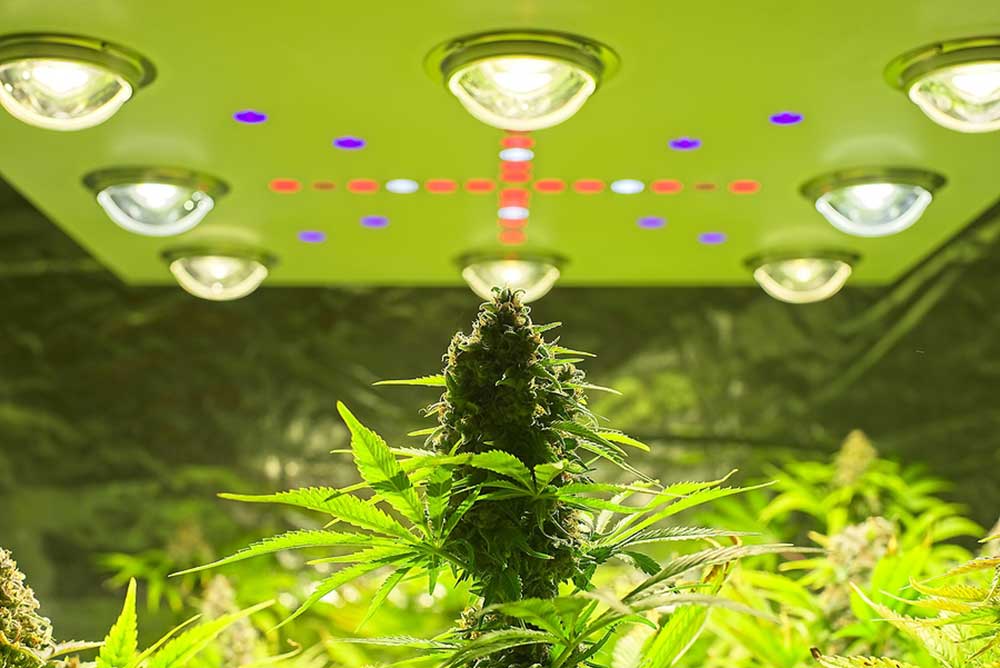
It is a fact that autoflower can grow and flower without dependence on light. But an ideal autoflower light schedule for growers can optimize health and yield.
Autoflower seeds can grow with minimal maintenance as it grows fast. They don’t need a lot of space. But you shouldn’t just settle for the sake of growing them. You should know the proper light schedule for high yields. No one would gain from it but you, yourself. Though they’re usually in a short frame, it can keep up with the bigger ones’ harvest.
There are two types of suitable grow lights for autoflowers, and they are LED and HID or high-intensity discharge lights. LEDs are just the recent fad for growing Cannabis indoors as they’re affordable even though they have the advanced capacity. HID is an old standard, but some growers still use them.
Here are some important details that you need to know about each type.
This type of light is cheap yet powerful, so it can make Cannabis grow well. There are two kinds of HID bulbs. The first one is MH, which means metal halide and HPS, which stands for high-pressure sodium.
When it’s with photoperiod strains, MH is used for vegetation and HPS for flowering. A bluish light came out of the MH to optimize the plant’s developing stage. HPS releases a reddish or orange spectrum, and it supports bud growth, so it’s ideal for the flowering stage.
Using HIDs for autoflowers will be in the same way when you grow photoperiod varieties. You need to shift from MH to HPS to develop huge buds.
When you compare it to LEDs, it’s inexpensive, but it can grow quality buds. However, there are some advantages. It would require two bulbs, and a single piece of LED can get you through the entire life cycle of Cannabis.
The bulbs produce a lot of heat. You need to buy a reflector, and a special power supply called a ballast to complete the lighting system. Even the bulbs are not expensive, additional pieces of equipment will increase your operational cost.
There’s also another kind of HID called LEC. It’s energy-efficient, and it has a spectrum that is similar to the sun rays. Some cultivators think that it’s beneficial to the plants’ development.
When LED lights were just new in the market, Cannabis growers didn’t take them seriously. Then it came to a point when the effectiveness of these lights was discovered, and the issue with it was the price. They were expensive at first.
When the technology became standardized and evened out, the price was fixed for consumers to afford to buy these lights. It gives more light so it can achieve the same setting as HID.
LEDs are more expensive than HID; you will realize that using them lowers the operational cost compared when you settle for classic lights. They would only use less energy, so it won’t make your bill hike up.
There are ‘plug-in and grow’ LEDs, so you won’t need to buy reflectors for things to work out. They’re easy to use too.
Some disadvantages are being outright expensive, and some cheap kinds are all over the market. Then you may be lured to by them as you don’t have any idea.
But you can get the full-spectrum LEDs as you can use them throughout the growing phase. They remain useful from the moment you plant your seeds until the harvest time.
Some LEDs feature a switch so you can make changes on the spectrum, which can be from vegetation to flowering. You would need to do it even though you’re growing autoflowers.
Autoflowers are not only suitable for indoor growth but as well as outdoor cultivation. You can even plant them any time outside as they don’t need natural daylight to flower. Set them in your outdoor plantation as long as there’s no presence of frost.
You can successfully grow autoflowers outdoors. They would flower after 3 to 4 weeks, and the harvesting can be done in a matter of 60 or 70 days. It can make you harvest multiple times in a year.
When you grow autoflowers outdoors, it gives you an advantage to stealth growing or guerrilla gardening because of its short frame. It would help you hide your garden from spectators, and it lessens the chance to be discovered as it can finish in a short period.
When there is efficient lighting indoors, sunlight can also let autoflowers develop well. It won’t only give you a high production but highly potent buds as well.
Some Cannabis growers supply light to autoflowers round the clock. They prefer this one as it comes with ease, and it doesn’t need a timer. Most of all, it gives a much better yield.
But the disadvantage of this schedule is that it can consume a lot of energy. When the lights are on all the time uninterrupted, expect a high electric bill.
Somehow, science can back the belief of giving your autoflowers a continuous supply of light. It is the aspect of utilization and absorption of CO2. Some plants cling to the C4 carbon fixation process, which makes them gather CO2 on dark periods to photosynthesize in the light.
But Cannabis is a C3 plant that doesn’t mind about taking a break. It can proceed to photosynthesis even if the lights are on. So this explains why some growers opt for this light schedule.
Some growers don’t believe in a constant autoflower light schedule. So there’s 18 – 6, which represents 18 hours of light and 6 hours of darkness.
The philosophy behind this perspective is that plants are exposed to light for a good yield while they take a rest in darkness to maintain healthy growth. Another advantage that won’t be taken by your plant but your pocket as you can save 25% of energy.
It will give the same yield as the 24-0, so why not give your autoflowers a break and save yourself from paying high bills. The only drawback of this schedule has a timer, which isn’t a big deal.
It’s the middle ground of 24-0 and 18-6 light schedules. Some would add 2 hours of light to assure massive yield. Your electric bill will be a bit higher.
It’s an uncommon light schedule, but its supporters believe that it can create a controlled environment and stable plants. The 6 – 2 means three sessions of light provision for 6 hours each while the break is done for 2 hours.
The principle of this light schedule is that Cannabis can only process a certain amount of light in a day. After the needed amount of light is fulfilled, the excess is only put to waste.
The two hours of break are done between every 6 hours so the plants can take a rest and be ready to receive light again. It is during the moments with light that the plants work on developing and enhancing the harvest.
Its proponents believe that a short period of light will not bring stress to the plants and the cooling system. The time for break allows the room to cool before turning back on the lights.
But it can stress heating and lights when short light and breaks are frequently applied. This method is under-practiced.
You need to put more effort into the autoflower light schedule if you want to boost yield. You must not be content with its ability to survive if you want to get a bountiful harvest, just like photoperiod strains.
Picking the right types of light is a must. Different light schedules are suitable for autoflowers, and you can try each of them to see which one works best, although the common recommendation is 18 – 6.
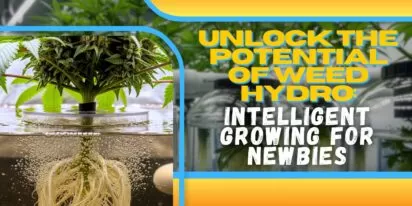
Curious about growing weed in a healthy, effective way? Welcome to the realm of weed hydro! This method uses water instead of soil, delivering n
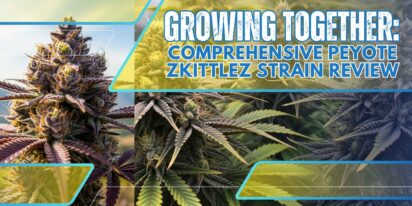
Peyote Zkittlez is a unique cannabis strain that has quickly gained dedicated followers among enthusiasts and patients alike. Its parentage—Zk
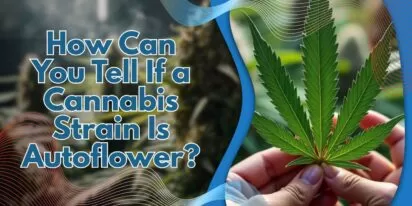
As growers, we want strains that work well, are strong, and are of good quality. Autoflowering cannabis strains are a big step forward for both
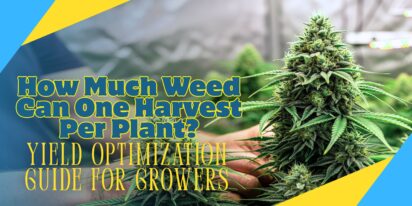
Pot growers always ask the same basic question: How much weed does a weed plant produce? The answer is complex and depends on a multitude of var

Ever had the room spin after a few hits? You're not alone. Figuring out how to prevent getting dizzy high can make your cannabis experience a wh
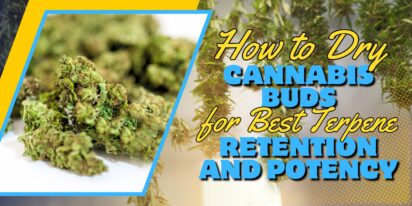
Drying cannabis properly is a critical process in preserving the plant's full aroma and flavor and its psychoactive abilities. Tampering with th

Ever caught yourself a bit too high and all of a sudden in need of being normal? Whether you're heading out for munchies or bumping into someone

Looking for sage advice on how not to get pinched with weed without batting an eye? Attempting to protect your stash from gossipy roommates, sno
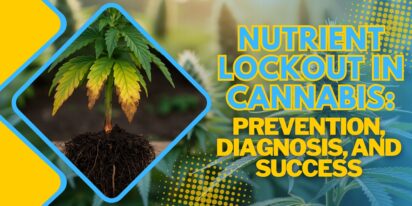
Nutrient lockout, also known as nutrient binding or chemical antagonism, is a significant issue in cannabis cultivation that negatively impacts
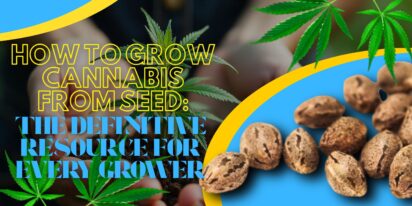
Germination is the most critical initial stage in growing healthy, high-quality cannabis plants. During germination, the dormant seed becomes a
Are You 18 Or Over?
By selecting “Continue”, you confirm that you are at least 18 years of age and legally permitted to access cannabis related content in your region.
By using Rocketseeds.com, you agree to our legal disclaimer.
Excellent blog here Also your website loads up very fast What web host are you using Can I get your affiliate link to your host I wish my web site loaded up as quickly as yours lol
Your writing is not only informative but also incredibly inspiring. You have a knack for sparking curiosity and encouraging critical thinking. Thank you for being such a positive influence!
Simply wish to say your article is as amazing The clearness in your post is just nice and i could assume youre an expert on this subject Well with your permission let me to grab your feed to keep updated with forthcoming post Thanks a million and please carry on the gratifying work
Somebody essentially lend a hand to make significantly articles Id state That is the very first time I frequented your website page and up to now I surprised with the research you made to make this actual submit amazing Wonderful task
Your blog is a beacon of light in the often murky waters of online content. Your thoughtful analysis and insightful commentary never fail to leave a lasting impression. Keep up the amazing work!
Thank you for the auspicious writeup It in fact was a amusement account it Look advanced to more added agreeable from you By the way how could we communicate
Your blog is a constant source of inspiration for me. Your passion for your subject matter shines through in every post, and it’s clear that you genuinely care about making a positive impact on your readers.
Your blog is a constant source of inspiration for me. Your passion for your subject matter is palpable, and it’s clear that you pour your heart and soul into every post. Keep up the incredible work!
Your articles never fail to captivate me. Each one is a testament to your expertise and dedication to your craft. Thank you for sharing your wisdom with the world.
Your blog is a testament to your dedication to your craft. Your commitment to excellence is evident in every aspect of your writing. Thank you for being such a positive influence in the online community.
Your writing has a way of resonating with me on a deep level. I appreciate the honesty and authenticity you bring to every post. Thank you for sharing your journey with us.
Your blog is a true gem in the world of online content. I’m continually impressed by the depth of your research and the clarity of your writing. Thank you for sharing your wisdom with us.
Hi i think that i saw you visited my web site thus i came to Return the favore Im attempting to find things to enhance my siteI suppose its ok to use a few of your ideas
Somebody essentially help to make significantly articles Id state This is the first time I frequented your web page and up to now I surprised with the research you made to make this actual post incredible Fantastic job
Usually I do not read article on blogs however I would like to say that this writeup very compelled me to take a look at and do so Your writing taste has been amazed me Thanks quite nice post
Your blog has quickly become one of my favorites. Your writing is both insightful and thought-provoking, and I always come away from your posts feeling inspired. Keep up the phenomenal work!
Every time I visit your website, I’m greeted with thought-provoking content and impeccable writing. You truly have a gift for articulating complex ideas in a clear and engaging manner.
Hey there You have done a fantastic job I will certainly digg it and personally recommend to my friends Im confident theyll be benefited from this site
I have read some excellent stuff here Definitely value bookmarking for revisiting I wonder how much effort you put to make the sort of excellent informative website
Nice blog here Also your site loads up very fast What host are you using Can I get your affiliate link to your host I wish my site loaded up as quickly as yours lol
What i do not understood is in truth how you are not actually a lot more smartlyliked than you may be now You are very intelligent You realize therefore significantly in the case of this topic produced me individually imagine it from numerous numerous angles Its like men and women dont seem to be fascinated until it is one thing to do with Woman gaga Your own stuffs nice All the time care for it up
Your blog is a beacon of light in the often murky waters of online content. Your thoughtful analysis and insightful commentary never fail to leave a lasting impression. Keep up the amazing work!
Your blog is a breath of fresh air in the often stagnant world of online content. Your thoughtful analysis and insightful commentary never fail to leave a lasting impression. Thank you for sharing your wisdom with us.
Your blog is a beacon of light in the often murky waters of online content. Your thoughtful analysis and insightful commentary never fail to leave a lasting impression. Keep up the amazing work!
Usually I do not read article on blogs however I would like to say that this writeup very compelled me to take a look at and do it Your writing style has been amazed me Thank you very nice article
Your writing has a way of resonating with me on a deep level. I appreciate the honesty and authenticity you bring to every post. Thank you for sharing your journey with us.
This hydroponics guide is quite the buzz, seriously! Who knew growing weed without dirt could be so complicated yet potentially rewarding? The breakdown of systems like DWC and NFT is helpful, though I suspect my cat might confuse the air pump for a toy. The idea of cleaner buds is tempting, especially since explaining hydro weed to my non-growing friends might get messy. And the bit about potential dizziness from hydro weed? Perfect, now I have an excuse for why I always stumble a bit after a grow session. Still, the promise of faster grows and higher yields is hard to ignore, even if it means more trips to the pH meter than to the coffee shop. Overall, a cultivating read for the curious grower!